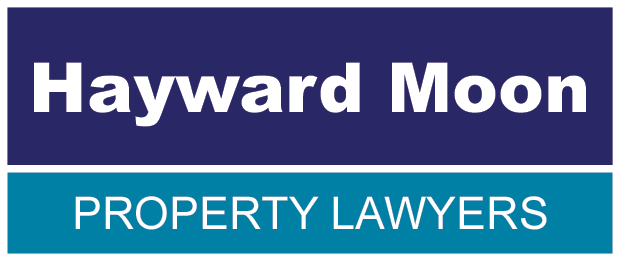Conveyancing is the legal process involved in transferring property ownership from one person to another. It involves a series of steps that ensure the buyer receives a clean title to the property and the seller receives their payment. If you're buying your first home, understanding the conveyancing process is important to ensure everything goes smoothly. Here’s a simple guide to help you through it.
1. What is Conveyancing?
Conveyancing refers to the legal work required to transfer property ownership. It involves preparing legal documents, ensuring that all taxes and fees are paid, conducting searches to confirm the property’s status, and registering the new ownership with the land registry.
2. Choosing a Conveyancer or Solicitor
- What is a Conveyancer/ Solicitor? A conveyancer or solicitor is a qualified professional who handles the legal aspects of your property transaction. Solicitors are generally more expensive but may offer broader legal services. Conveyancers specialise in property law.
- Choosing the Right One: It’s important to choose a conveyancer or solicitor with experience in property transactions. Ask for recommendations or look for someone with good online reviews. Be sure to check their fees upfront.
3. Pre-Contract Stage (Before You Make an Offer)
- Financial Pre-Approval: Before you begin the conveyancing process, you should ensure you have your financing in place (such as a mortgage pre-approval).
- Searches and Surveys: This involves conducting various property checks (such as land registry, local council, or environmental searches) to make sure the property is legally sound.
4. Making the Offer
- Once you make an offer and the seller accepts, your conveyancer will begin their work, which includes drafting the sale contract and preparing necessary documents.
- The Contract: The contract outlines the terms of the sale. It includes details like the purchase price, completion date, and special conditions.
5. Exchange of Contracts
- What Happens? This is when both parties (buyer and seller) sign the contract, and a deposit (typically 10% of the purchase price) is paid. Once the contracts are exchanged, the deal becomes legally binding.
- Cooling-Off Period: In most cases, once contracts are exchanged, there is no cooling-off period, meaning you can’t back out without incurring penalties.
6. Completion
- This is the day when the transaction is finalised. The remainder of the purchase price is paid, and ownership of the property transfers to you. Your conveyancer will arrange for the property to be registered in your name with the Land Registry.
- Move-In: Once the transaction has been completed, you can collect the keys and move into your new home!
7. Post-Completion
- Stamp Duty: Your conveyancer will calculate and arrange the payment of stamp duty (a form of tax on property purchases) on your behalf.
- Registering the Property: Your conveyancer will register your ownership of the property with the Land Registry, officially making you the legal owner.
8. Costs Involved
Here’s a breakdown of typical costs involved in the conveyancing process:
- Conveyancer's Fees: These can vary, so always ask for a detailed quote upfront. You may find fixed fees or hourly rates.
- Search Fees: Fees are paid to conduct necessary property searches.
- Stamp Duty: Depending on the property price, this tax may apply.
- Disbursements: These are costs that your conveyancer might pass on to you, such as registration fees or title deed charges.
9. Common Conveyancing Terms
- Exchange of Contracts: The point where the sale becomes legally binding.
- Completion: The final step when ownership of the property is transferred.
- Searches: Checks to identify potential problems with the property.
- Stamp Duty: A tax you pay on property purchases over a certain value.
10. Tips for First-Time Buyers
- Don’t Rush the Process: The process can take time, and it’s important to ensure every detail is checked and understood.
- Get Your Finances in Order: Understand the costs involved, including deposit, stamp duty, and any additional fees.
- Keep Communication Open: Stay in regular contact with your conveyancer to ensure things are moving smoothly.
- Read Everything Carefully: Don’t sign anything until you fully understand the terms.
Conclusion
Conveyancing can seem complicated at first, but once you understand the process, it becomes much easier to navigate. With the right professional support, you can make the property-buying experience as smooth as possible. Be sure to plan ahead, do your research, and ask questions if anything is unclear. Good luck with your first home!



